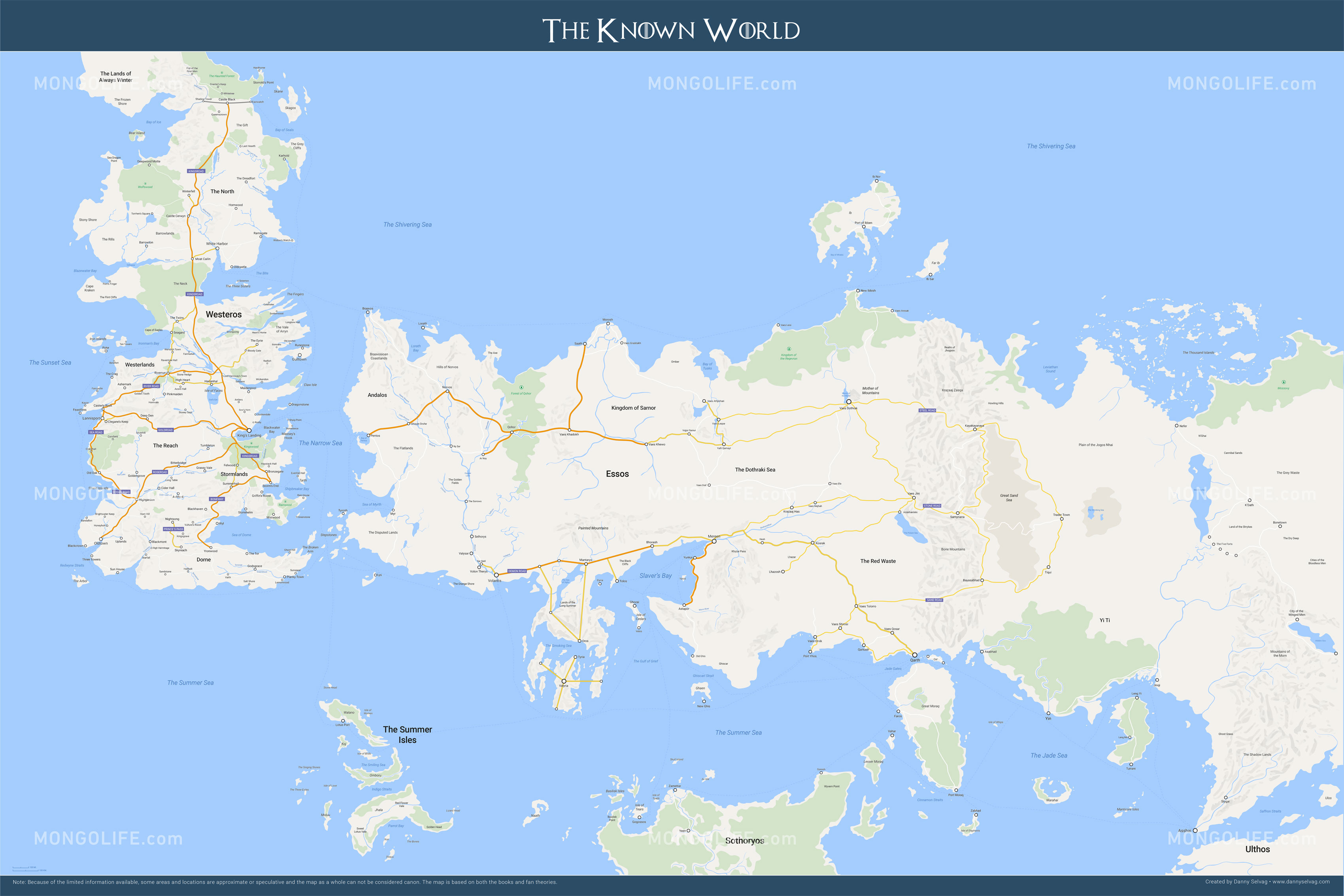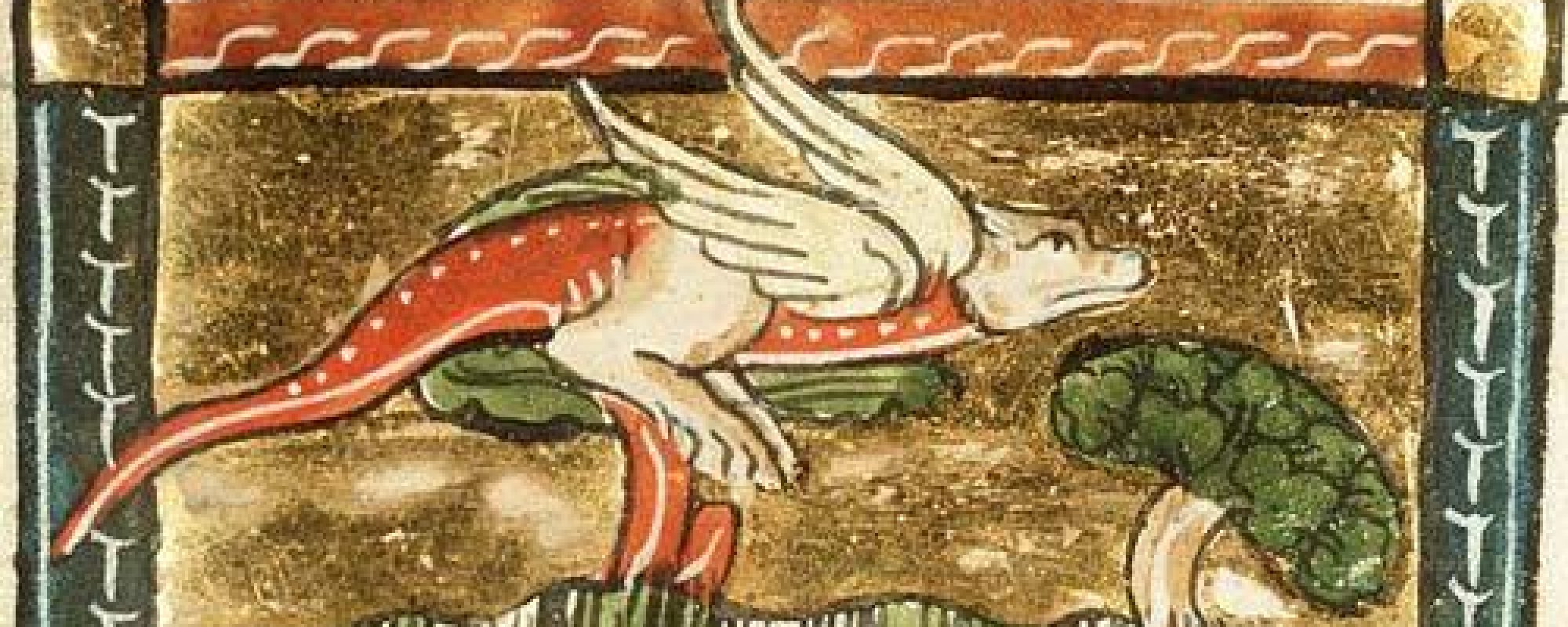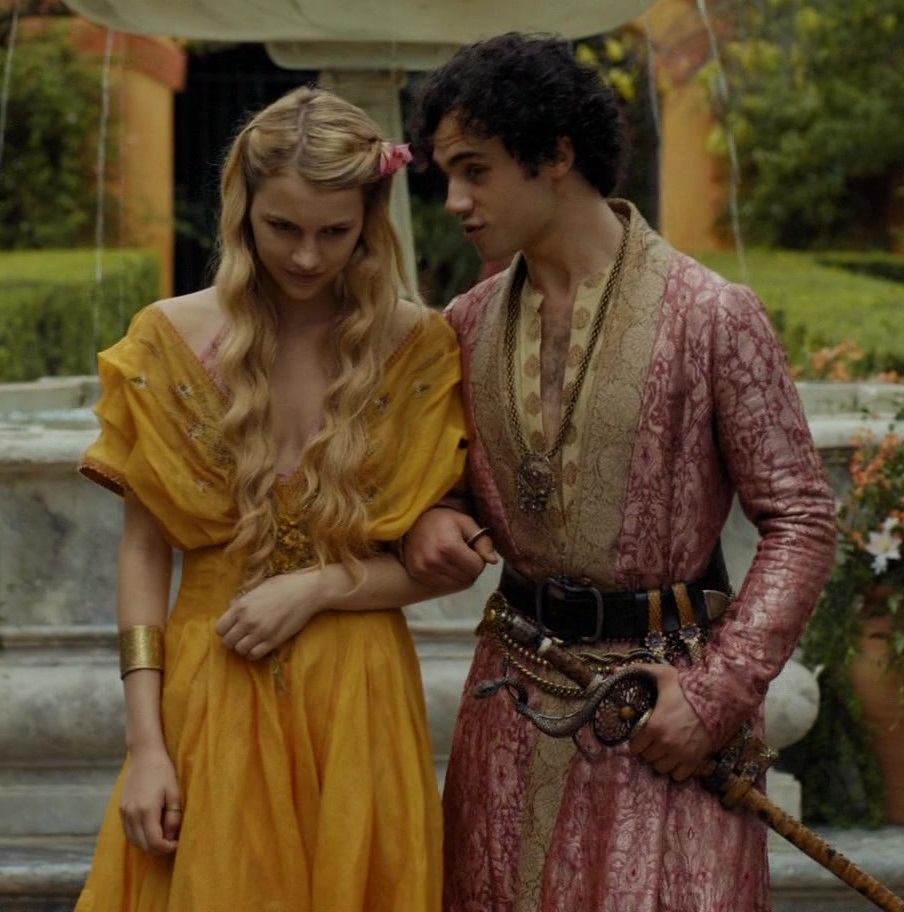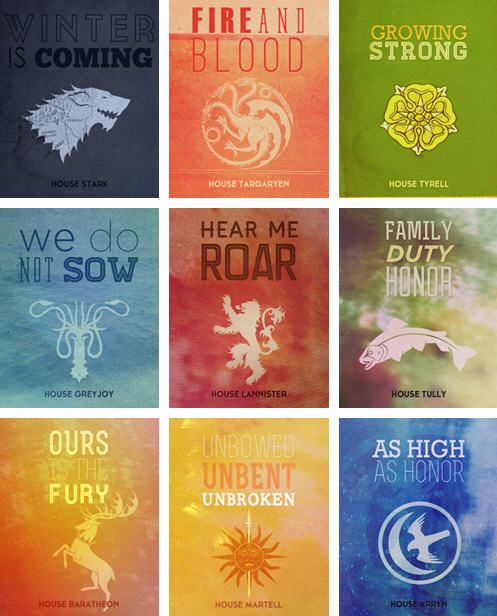By Rachel Woods

Terms to know:
Orient: The East or Eastern cultures such as the Middle East, India, Asia
Occident: The West or Western cultures such as the U.K. and Western Europe
Orientalism: A system of knowledge about the Orient as filtered through Western consciousness and ideas (see full definition below)
Introduction
George R.R. Martin has been praised for creating an immersive and illustrious world for his story “Game of Thrones”. It takes place in the fictitious lands of Westeros and Essos, and they are composed of different cities, regions, and the houses that rule them. When analyzing the complex world he created, we can see that he drew on many influences from the history of our world to create his own. One particular way to look at his world-building is through the lens of orientalism as it was redefined and established by Edward Said:
Orientalism, therefore, is not an airy European fantasy about the Orient, but a created body of theory and practice in which, for many generations, there has been a considerable material investment. Continued investment made Orientalism, as a system of knowledge about the Orient, an accepted grid for filtering through the Orient into Western consciousness, just as that same investment multiplied —indeed, made truly productive— the statements proliferating out from Orientalism into the general culture. (“Orientalism” 1978)
Essentially, this means that Orientalism is a created idea about the Orient that has been invented and continually invested in by the Occident. As the Occident continues to add regulations and stereotypes to Orientalism, it has made an established idea that affects how we think about the Orient. George R.R. Martin utilized the stereotypes and filters used in Orientalism while creating his world in “Game of Thrones”.
Regions and Relationships
When looking at the world in “Game of Thrones”, each region is defined based on how it relates to the other regions. This is similar to how John Mandeville describes the world in his book The Travels of John Mandeville:
First, whoever sets out from the regions of the West . . . can, if he wants, go through Germany and the kingdom of Hungary, which borders on the lands of Poland . . . The king of Hungary is a very powerful and very worthy lord and firmly holds much land; for he holds Hungary . . . and a large part of Comania . . . and a large part of the kingdom of Russia . . . which extends to the land of Niflan . . . which is situated towards the end of Hungary, and there one crosses the Danube River. (1356)
I have tried to cut out as much of the unnecessary pieces of this quote as possible, but showcase that the main purpose is to show that everything is displayed in its relation to another place; the same theory applies to Westeros. The beginning of the land starts in the far North at the Wall and The Lands of Always Winter. As we move down past the Wall and into the Northern region, we take the King’s Road to Winterfell which is recognized as the key to the North. There are other important holdings in the Northern region, but that house is seen as the warden of Northern Westeros. The Iron Islands lay to the West of the North and are associated with that region. In the middle region of Westeros, lie many large holdings such as The Twins, The Eyrie, Riverrun, Harrenhal, Casterly Rock, and of course King’s Landing. All of these areas would be considered the Occident because they are where the show is primarily focused, and the Iron Throne is located within that region. Moving South of King’s Landing is where we start to see the outskirts of the Occident in the Stormlands with the edge of that civilization being at the line that is drawn from Highgarden to Storm’s End. Everywhere below this line and to the East in Essos is considered the Orient (“Game of Thrones” 2011). Under the line at Highgarden, is the region of Dorne which is considered the only Oriental land connected to the main body of Westeros. Once we have cross the Narrow Sea, we reach Slaver’s Bay and the Island of Valeria. Moving up from these cities is the main section of Essos; on the West side is Volantis, Andalos, and The Disputed Lands, and the East contains the Kingdom of Sarnor, the Dothraki Sea, and the Red Waste with Qarth along the edge of water. The lands that lie beyond this point are referred to as the Shadow Lands and are considered to be an abandoned barbaric place. Beyond these lands lies the edge of their known world and possibly the place where dragons are created. As you can see, every region is connected and associated by its proximity to another city. This is how the houses create alliances and how each region is defined by the others.
The Occident
The Occident is often associated with Western Europe which means if the mid and northern regions of Westeros are the Occident in Martin’s world, they dictate a great deal of the viewpoints and categorizations of the Orient lands. We can see how Westeros is associated with the Occident through the landscape which is reminiscent of Scandinavia and Iceland in North, the United Kingdom in the area around The Twins, and from King’s Landing to Highgarden the landscape is modeled after that of France, Spain, and Italy. The dress of the regions also fits the medieval fashion that is associated with the European kingdoms. The women wear gowns with long sleeves and in the North, they have many layers of animal skins. The men wear tunics and tight pants as one would imagine the men of Arthur’s court wore.


There also is the tradition of the tournaments and jousts that are in the Western style. One of the final connections that places upper Westeros as the Occident is that the top players in the show are all competing for the coveted Iron Throne which is centered in King’s Landing. Everything seems to be controlled by the people in King’s Landing, and all battles outside of it are either to get to there or dictated by the rulers there. The majority of the story takes place in Westeros and when people are outcasted they are sent to Essos. Westeros is the center of the world and being the center means that it touches every other region or land in some form or fashion, just as the Occident does.
The Orient
Essos, and its small extension of Dorne, is viewed as a barbaric land and Westeros places spies there to keep an eye on the region without interfering unless absolutely necessary. It becomes the Orient through the landscape and architecture that Martin uses in these areas. Volantis, Mereen, and the Dothraki Sea all take influence from North African and Asian landscapes. There are pyramids in the cities, the land is like a desert with grasslands intermixed, and the people speak a specified different tongue than those in Westeros. The truly fascinating part about all of this, well at least to me, is the reason this fits so well into Said’s definition of Orientalism is because the audience is exposed to these lands through the eyes of people from Westeros like Daenerys Targaryen, Jorah Mormont, Arya Stark, etc. Daenerys becomes part of the Dothraki and takes over as their Khaleesi. She travels with her army to the cities in Essos and conquers them because she disagrees with the way they are structured. Forget about morals here for a moment, because I know most of us wanted her to conquer and set the slaves free, she is a born and raised Westeros ruler that is coming in to the East and dictating how to run their cities. As for Arya, she sees the Orient through the eyes of someone learning. Her viewpoint allows the audience to see how the Occident learns and interprets lessons from the Orient. Essentially, Essos is contextualized for the audience by its differences from the main parts of Westeros.
The style of dress in Essos reflects some of the fashions of groups from Northern Africa, Asian style embroidery, and other Oriental fashions. The women wear elaborate dresses that are cut to allow them handle the heat of the region. Men wear anything from leather skirts to kimonos.


There is also a major difference in the kinds of fighting found in Essos compared to that in Westeros. It was mentioned earlier that the houses of Westeros participated in Arthurian style jousting tournaments where various rulers would show off their greatest warriors. Essos has a different take through the fighting pits in the cities; these are similar to what would have been found in Roman style coliseums where men (usually slaves or prisoners) would be forced to fight to the death in different gladiatorial style games. There is a brutality shown in these games, as opposed to those in Westeros, that further demonstrates Said’s idea of Orientalism.
The Crusades
The only Oriental image we see in the main land of Westeros is the region of Dorne. The architecture, dress, and appearance of Dornish people seems to be a heavy blend of Spanish with some North African influence; thus, establishing the Dornes as part of the Orient. Interestingly enough, the relationship between Dorne and the rest of Westeros demonstrates another medieval idea from the crusades. In the first season of the show, Tyrion has Cersei’s daughter, Myrcella, sent to Dorne in order to marry a young prince. This is an act of the West invading the East and bringing it into the fold of Western ideas. In the third crusade, Pope Gegory VIII says to the Christians that “He seeking God, who having offered himself embraces the time of penance joyfully. He sacrifices himself for his brothers; though he may die young, still he accomplishes much. . .” (“The Third Crusade” 2003). Essentially in order to save the Orient, or Dorne in this case, from their inappropriate and erroneous ideas, sacrifices must be made by the Christians, the true people of Westeros. Myrcella is to be used to bind the Dornes to King’s Landing since her brother is the king; this creates an opportunity for the Dornish people to have an open connection to Westeros which will be used by the Northerners to convert them to their ways.
Concluding Thoughts
If I only had the space to write another hundred pages comparing the intricate details of George R. R. Martin’s world building techniques and how they relate to medieval ideas of Orientalism, Mandeville’s travels, and the Crusades, but unfortunately there is not enough space nor enough time. So, I will end with this: Game of Thrones is a carefully constructed world that showcases some of history’s finest civilizations mixed together and how they relate to one another. To some, it may be a simple show about warfare, but now we can see the complexity of the Occident influencing the Orient, the regions piggybacking off one another, and the continued idea of one civilization needing to dominate and indoctrinate another.
Works Cited
David Benioff and D.B. Weiss, Game of Thrones, directed by Alan Taylor, Alex Graves, etc. (2011; Warner Bros. Television Distribution), HBO.
“Google Map Style Game of Thrones Westeros.” Brilliant Maps. May 9, 2015. https://brilliantmaps.com/westeros-google-map/.
Mandeville, John. The Travels of John Mandeville. 1356. pp. 3-7, 152-185.
Martin, George. A Game of Thrones. New York: Bantam Spectra, 1996.
Said, Edward. Orientalism. London: Routledge & Kegan Paul, 1978, pp. 132-149.
“The Third Crusade, or ‘The King’s Crusade’.” Pearson Education Inc., 2003.




